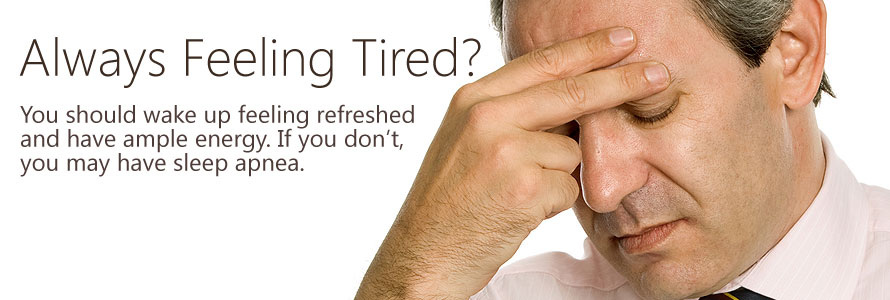Sleep Apnea
Sleep apnea is a type of breathing disorder which is a serious, potentially life-threatening condition characterized by brief interruptions of breathing during sleep. There are basically three types of apnea:
Central Apnea
The upper airway is open, but no oxygen is getting into the system. This occurs because the patient is not getting a chemical response from the brain to stimulate the lungs and the diaphragm to assist with breathing.
Obstructive Sleep Apnea
The lungs and the diaphragm are functioning normally, but no oxygen is entering the system because there is an obstruction in the upper airway.
Mixed Apnea
This is a combination of central and obstructive sleep apnea.
Oral appliances are only indicated for use in patients suffering from obstructive sleep apnea (OSA). The signs and symptoms of OSA include snoring, excessive daytime sleepiness, gasping or choking during the night, non-refreshed sleep, fragmented sleep, clouded memory, irritability, personality changes, decreased sex drive, impotence, and morning headaches.
Factors that affect obstructive sleep apnea are as follows:
- Age
- Obesity
- Alcohol
- Sedative Hypnotics (sleeping pills)
Children can also snore and suffer from obstructive sleep apnea. Often they are highly allergic and their airway is blocked due to enlarged adenoids, tonsils or swollen nasal mucosa. Clinical signs would indicate a turned up nose, allergic shiners under the eyes, mucous draining out of the nose, mouth breathing, and a nasal sound to the voice. Other signs are bed wetting, irritability, difficulty in concentrating at school and hyperactivity.
At the present time, obstructive sleep apnea is defined as a medical problem and the diagnosis must be made by a medical doctor or sleep physician (pulmonologist) who is specially trained in the area of sleep medicine.
The dental profession has an important role to play in the treatment of patients with snoring and sleep apnea.
Recent Post
Contact Information
Vic 3156 (next to the Westpac Bank & above Hello World Travel)


